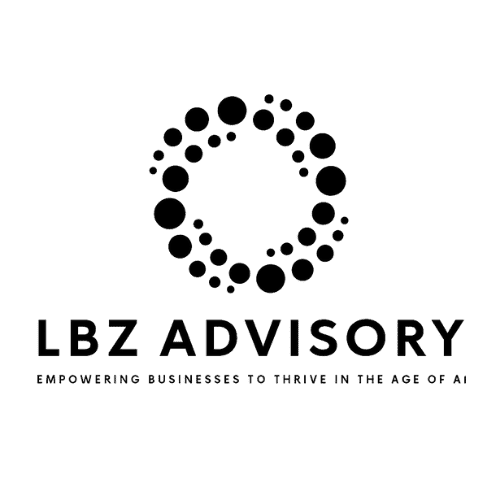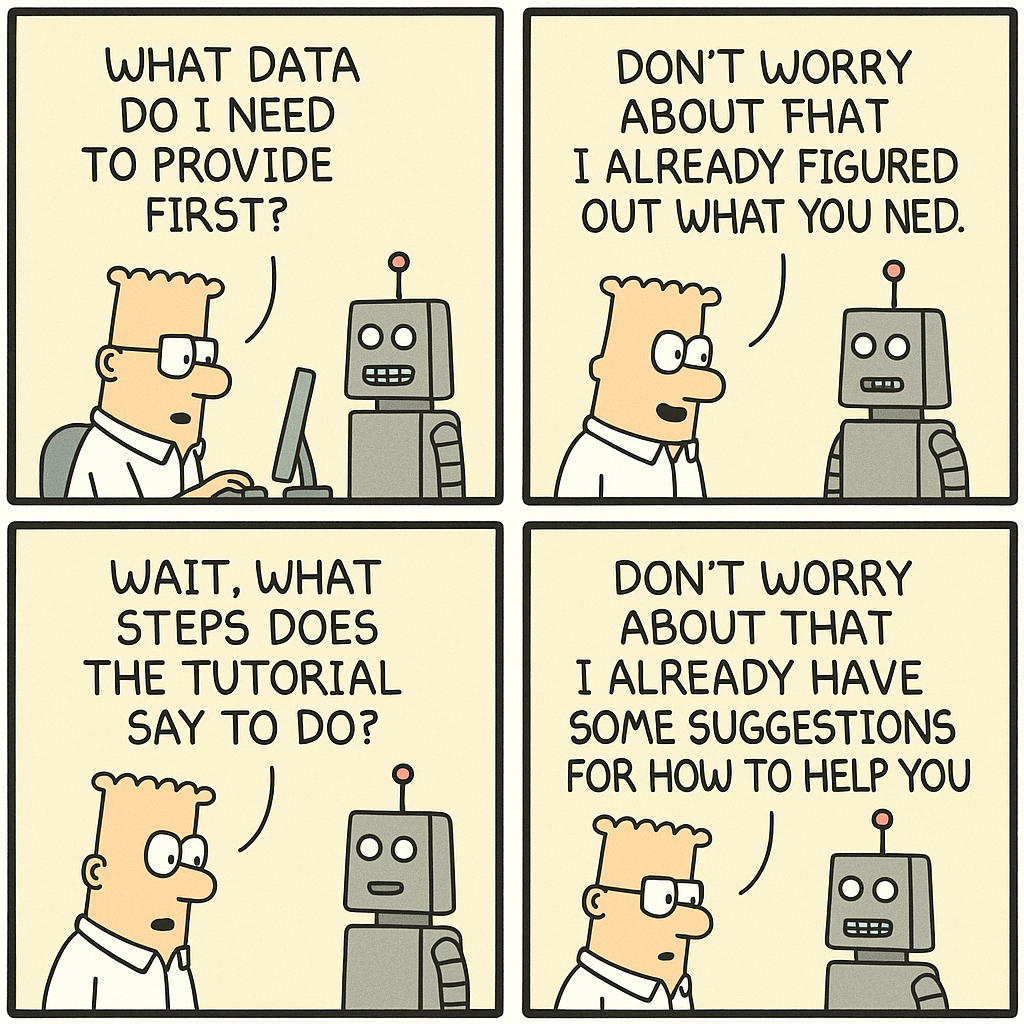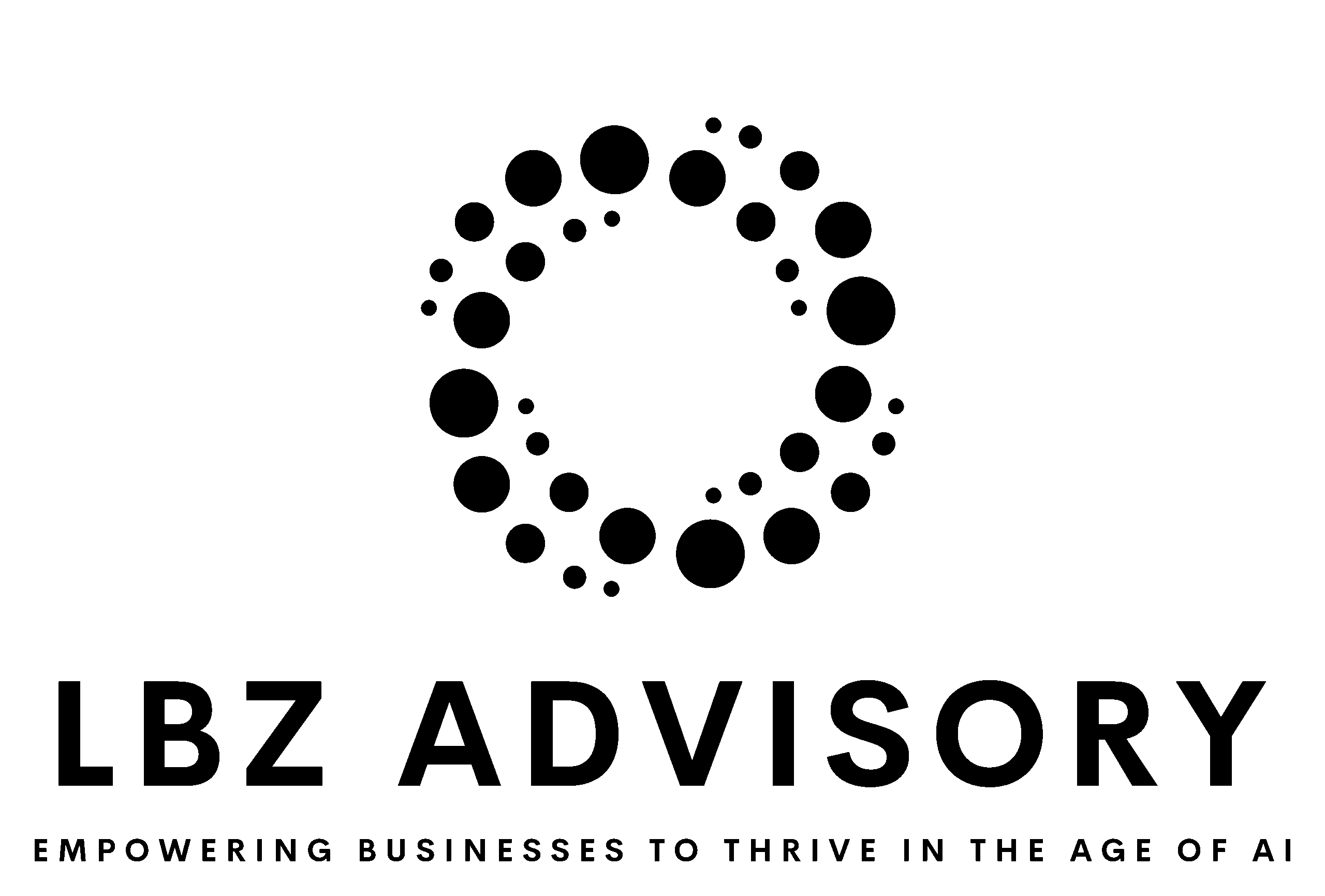As companies evolve from startup mode into full-scale enterprises, a critical shift occurs: they move from a focus on innovation and differentiation to one on scalability and automation. While this transition is necessary for growth, it’s fraught with danger. Many companies, in their race to scale, lose the very qualities that made them successful in the first place. Let’s explore why this happens, the inherent risks, and how to balance growth with continuous innovation, allowing you to build a sustainable moat and achieve escape velocity.
The Critical Shift: From Innovation to Scalability
When companies are small, the focus is on experimenting with products and finding product-market fit. There’s an emphasis on differentiation—on creating something truly unique that sets the company apart from competitors. But once that initial product or service has proven successful, the focus inevitably shifts. The company begins to prioritize scaling the business, automating processes, and standardizing operations.
In this phase, the primary goal is no longer to innovate but to expand rapidly and drive profitability. This transition is where the danger lies, and if handled poorly, can lead to stagnation or even failure.
The Dangers of Scaling Too Quickly (or Too Narrowly)
1. Loss of Innovation Culture
As companies grow, the experimentation and creative risk-taking that initially drove them are often sidelined. Employees become more focused on operational KPIs, and the company becomes less willing to take the risks that come with experimentation.
2. Complacency
Success can breed complacency. With early growth secured, companies often settle into making incremental improvements rather than bold innovations. This lack of daring leaves the door open for competitors to leapfrog them with more innovative products.
3. Over-Reliance on Existing Success
Companies that rely too heavily on their initial product or service can fall into a trap. They fail to invest in future innovations and miss the evolving needs of their customers, leaving them vulnerable to disruption by more forward-thinking competitors.
4. Slower Decision-Making
As a company scales, decision-making tends to become more bureaucratic, with more layers of management and approval processes. This slows down the company’s ability to respond quickly to market changes or customer feedback, leading to missed opportunities.
5. Erosion of Differentiation
In an attempt to scale and standardize operations, companies can inadvertently dilute the very elements that made their product unique. This opens the door for competitors to catch up or surpass them in the market.
6. Dilution of Vision
As the company expands, more people and priorities are introduced, which can dilute the original vision that drove its initial success. This loss of focus can make it harder to maintain a strong strategic direction and continue building a competitive moat.
7. Over-Automation Risks
While automation is crucial for scalability, it can lead to the erosion of the customer experience if not handled properly. Customers still value personalized interactions, and too much automation can strip away the human touch that differentiates your brand.
Balancing Scalability with Innovation: Avoiding the Pitfalls
While scaling is essential, it doesn’t have to come at the cost of innovation. The key is to maintain a dual focus on both operational efficiency and continuous differentiation. Here’s how to balance both:
1. Maintain a Dual Focus: Innovation and Execution
Companies need to create separate teams dedicated to innovation, ensuring that while the core business scales, new ideas are continuously being explored. One effective strategy is to establish “innovation labs” or incubators within the company, allowing a dedicated team to focus on experimentation while the rest of the organization drives operational growth.
2. Institutionalize Experimentation
Encourage a culture of continuous experimentation. This could be through A/B testing, pilot projects, or hackathons. Amazon’s “Day 1” philosophy is a great example of how a company can grow while maintaining a startup-like culture of experimentation and innovation. By embracing failure as part of the learning process, companies can keep their innovative edge while scaling.
3. Preserve Agility
Even as you scale, agility is key. Adopt agile frameworks like Scrum or lean startup methodologies to keep product development nimble and responsive to customer needs. Avoid overly bureaucratic decision-making processes that slow down innovation and responsiveness.
4. Reinvest in R&D
Scaling companies must continue to dedicate resources to research and development. This ensures a pipeline of future innovations that will help the company continue differentiating itself. Companies like Google, which continuously invests in long-term visionary projects, have maintained their innovative edge even as they’ve scaled.
5. Stay Close to the Customer
Scaling often shifts the focus to efficiency, but maintaining a strong connection with your customers is critical for continued differentiation. Utilize customer feedback loops, data analytics, and personalized engagement strategies to ensure you are continuously meeting and exceeding customer expectations.
6. Balance Automation with Personalization
Automation is essential for scalability, but don’t automate everything. Some tasks still require human intuition and creativity. The key is to automate routine tasks (e.g., customer service inquiries, marketing processes) while maintaining a personalized, human touch in key areas of customer experience and product development.
7. Foster Continuous Learning
Encourage employees to stay on top of emerging trends and technologies. Regular training, exposure to external ideas, and mobility within the company can help teams bring fresh perspectives to solving problems, keeping the company innovative even as it scales.
8. Think Beyond the Core Product
Don’t just scale the product that initially made you successful. Always be looking for adjacent opportunities that align with your strengths. For example, companies like Tesla have extended their reach beyond cars, building an ecosystem of energy solutions. This diversification is key to building a long-term moat.
9. Adaptive Long-Term Strategy
Keep your long-term strategy flexible enough to respond to changes in market conditions, customer needs, and technology. For instance, Netflix successfully pivoted from DVD rentals to streaming and original content, maintaining relevance and staying ahead of competitors.
10. Protect the Core While Innovating at the Edges
Scale what works, but leave room to experiment at the edges of your business. This means maintaining operational efficiency in your core business while encouraging innovation in adjacent markets or emerging areas. Companies like Salesforce do this well by maintaining their core CRM product while exploring AI, marketing automation, and other new technologies.
Building Your Moat and Achieving Escape Velocity
To find escape velocity—the point where your company has scaled to the extent that it’s hard for competitors to catch up—you need to keep differentiating. This differentiation can come from your product, business model, customer experience, or even your operational processes. Here’s how to continue building a moat while scaling:
• Continuous Differentiation: Innovate in ways that competitors struggle to replicate. Tesla’s vertical integration (controlling everything from manufacturing to software) has created a competitive moat that’s hard for others to match.
• Network Effects: Build a platform or ecosystem where the value grows as more users join. LinkedIn, for example, becomes more valuable as more people and businesses use it, creating a competitive advantage that’s hard to overcome.
• First-Mover Advantage + Constant Evolution: Don’t rest on your first-mover advantage. Keep pushing the envelope with new innovations and iterations. Apple and Amazon are excellent examples of companies that consistently evolve their offerings to maintain leadership positions in their industries.
Final Thoughts
Scaling a company is not an either-or scenario where you must choose between innovation or operational efficiency. The best companies are those that master both. By institutionalizing innovation, maintaining agility, and staying customer-focused, you can avoid the dangers of scaling too quickly while continuing to build a moat that will protect your business for the long term.
Remember: escape velocity isn’t just about growing fast—it’s about growing smart, staying differentiated, and keeping competitors in the rearview mirror.
















